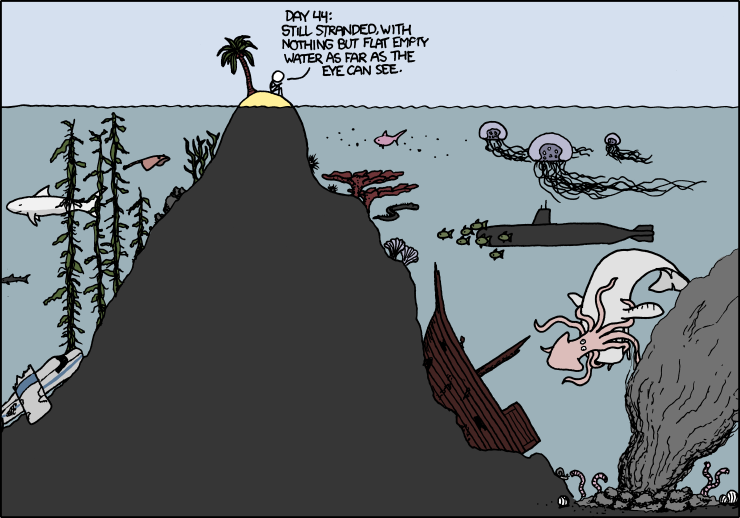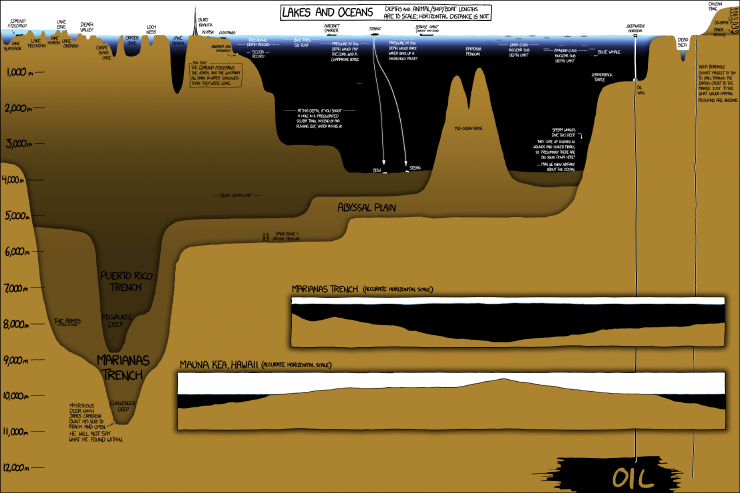By Leila Lemos, PhD student
Dawn Barlow, MS student
Florence Sullivan, MS
The Society for Marine Mammalogy’s Biennial Conference on the Biology of Marine Mammals happens every two years and this year the conference took place in Halifax, Nova Scotia, Canada.

The conference started with a welcome reception on Sunday, October 22nd, followed by a week of plenaries, oral presentations, speed talks and posters, and two more days with different workshops to attend.
This conference is an important event for us, as marine mammalogists. This is the moment where we get to share our projects (how exciting!), get important feedback, and hear about different studies that are being conducted around the world. It is also an opportunity to network and find opportunities for collaboration with other researchers, and of course to learn from our colleagues who are presenting their work.

The first day of conference started with an excellent talk from Asha de Vos, from Sri Lanka, where she discussed the need for increased diversity (in all aspects including race, gender, nationality, etc.) in our field, and advocated for the end of “parachute scientists” who come into a foreign (to them) location, complete their research, and then leave without communicating results, or empowering the local community to care or act in response to local conservation issues. She also talked about the difficulty that researchers in developing countries face accessing research that is hidden behind journal pay walls, and encouraged everyone to get creative with communication! This means using blogs and social media, talking to science communicators and others in order to get our stories out, and no longer hiding our results behind the ivory tower of academia. Overall, it was an inspirational way to begin the week.
On Thursday morning we heard Julie van der Hoop, who was this year’s recipient of the F.G. Wood Memorial Scholarship Award, present her work on “Drag from fishing gear entangling right whales: a major extinction risk factor”. Julie observed a decrease in lipid reserves in entangled whales and questioned if entanglements are as costly as events such as migration, pregnancy or lactation. Tags were also deployed on whales that had been disentangled from fishing gear, and researchers were able to see an increase in whale speed and dive depth.

on North Atlantic Right Whales.
There were many other interesting talks over the course of the week. Some of the talks that inspired us were:
— Stephen Trumble’s talk “Earplugs reveal a century of stress in baleen whales and the impact of industrial whaling” presented a time-series of cortisol profiles of different species of baleen whales using earplugs. The temporal data was compared to whaling data information and they were able to see a high correlation between datasets. However, during a low whaling season concurrent to the World War II in the 40’s, high cortisol levels were potentially associated to an increase in noise from ship traffic.
— Jane Khudyakov (“Elephant seal blubber transcriptome and proteome responses to single and repeated stress”) and Cory Champagne (“Metabolomic response to acute and repeated stress in the northern elephant seal”) presented different aspects of the same project. Jane looked at down/upregulation of genes (downregulation is when a cell decreases the quantity of a cellular component, such as RNA or protein, in response to an external stimulus; upregulation is the opposite: when the cell increases the quantity of cellular components) to check for stress. She was able to confirm an upregulation of genes after repeated stressor exposure. Cory checked for influences on the metabolism after administering ACTH (adrenocorticotropic hormone: a stimulating hormone that causes the release of glucocorticoid hormones by the adrenal cortex. i.e., cortisol, a stress related hormone) to elephant seals. By looking only at the stress-related hormone, he was not able to differentiate acute from chronic stress responses. However, he showed that many other metabolic processes varied according to the stress-exposure time. This included a decrease in amino acids, mobilization of lipids and upregulation of carbohydrates.
— Jouni Koskela (“Fishing restrictions is an essential protection method of the Saimaa ringed seal”) talked about the various conservation efforts being undertaken for the endangered Lake Saimaa ringed seal. Gill nets account for 90% of seal pup mortality, but if new pups can reach 20kg, only 14% of them will drown in these fishing net entanglements. Working with local industry and recreational interests, increased fishing restrictions have been enacted during the weaning season. In addition to other year-round restrictions, this has led to a small, but noticeable upward trend in pup production and population growth! A conservation success story is always gratifying to hear, and we wish these collaborative efforts continued future success.
— Charmain Hamilton (“Impacts of sea-ice declines on a pinnacle Arctic predator-prey relationship: Habitat, behaviour, and spatial overlap between coastal polar bears and ringed seals”) gave a fascinating presentation looking at how changing ice regimes in the arctic are affecting spatial habitat use patterns of polar bears. As ice decreases in the summer months, the polar bears move more, resulting in less spatial overlap with ringed seal habitat, and so the bears have turned to targeting ground nesting seabirds. This spatio-temporal mismatch of traditional predator/prey has drastic implications for arctic food web dynamics.
— Nicholas Farmer’s presentation on a Population Consequences of Disturbance (PCoD) model for assessing theoretical impacts of seismic survey on sperm whale population health had some interesting parallels with new questions in our New Zealand blue whale project. By simulating whale movement through modeled three-dimensional sound fields, he found that the frequency of the disturbance (i.e., how many days in a row the seismic survey activity persisted) was very important in determining effects on the whales. If the seismic noise persists for many days in a row, the sperm whales may not be able to replenish their caloric reserves because of ongoing disturbance. As you can imagine, this pattern gets worse with more sequential days of disturbance.
— Jeremy Goldbogen used suction cup tags equipped with video cameras to peer into an unusual ecological niche: the boundary layer of large whales, where drag is minimized and remoras and small invertebrates compete and thrive. Who would have thought that at a marine mammal conference, a room full of people would be smiling and laughing at remoras sliding around the back of a blue whale, or barnacles filter feeding as they go for a ride with a humpback whale? Insights from animals that occupy this rare niche can inform improvements to current tag technologies.
The GEMM Lab was well represented this year with six different talks: four oral presentations and two speed talks! It is evident that all of our hard work and preparation, such as practicing our talks in front of our lab mates two weeks in advance, paid off. All of the talks were extremely well received by the audience, and a few generated intelligent questions and discussion afterwards – exactly as we hoped. It was certainly gratifying to see how packed the room was for Sharon’s announcement of our new method of standardizing photogrammetry from drones, and how long the people stayed to talk to Dawn after her presentation about an unique population of New Zealand blue whales – it took us over an hour to be able to take her away for food and the celebratory drinks she deserved!



The weekend after the conference many courageous researchers who wanted to stuff their brains with even more specialized knowledge participated in different targeted workshops. From 32 different workshops that were offered, Leila chose to participate in “Measuring hormones in marine mammals: Current methods, alternative sample matrices, and future directions” in order to learn more about the new methods, hormones and matrices that are being used by different research groups and also to make connections with other endocrinologist researchers. Solène participated in the workshop “Reproducible Research with R, Git, and GitHub” led by Robert Shick. She learned how to better organize her research workflow and looks forward to teaching us all how to be better collaborative coders, and ensure our analysis is reproducible by others and by our future selves!
On Sunday none of us from the GEMM Lab participated in workshops and we were able to explore a little bit of the Bay of Fundy, an important area for many marine mammal species. Even though we didn’t spot any marine mammals, we enjoyed witnessing the enormous tidal exchange of the bay (the largest tides in the world), and the fall colors of the Annaoplis valley were stunning as well. Our little trip was fun and relaxing after a whole week of learning.



It is amazing how refreshing it is to participate in a conference. So many ideas popping up in our heads and an increasing desire to continue doing research and work for conservation of marine mammals. Now it’s time to put all of our ideas and energy into practice back home! See you all in two years at the next conference in Barcelona!












































